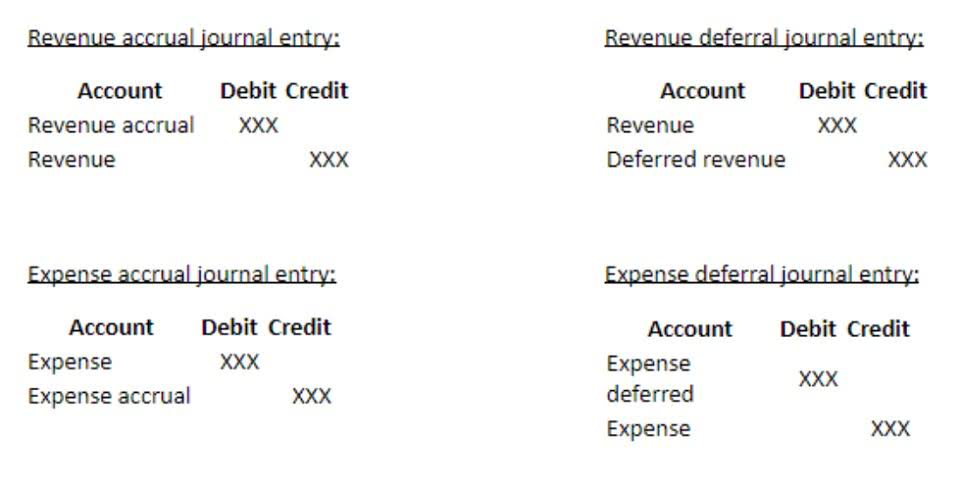
Now you know the basics of the five essential financial reports that every nonprofit needs. On your Form 990, the IRS requires you to report your financial information according to different rules than you use for your audited financial statements. It’s probably the most practical financial statement a nonprofit Executive Director or CEO has for making intelligent decisions for their organization. This report will show them which of your activities brought cash into your operation during the period and which expenses ate up large chunks of money. When a board member asks for a cash flow statement, usually it’s because you’re losing cash. Avoiding these mistakes ensures that the Statement of Cash Flows accurately reflects the organization’s cash position and provides useful insights for decision-making.
Investing Activities (Capital Expenditures, Investments)

The cash flow statement, a core component of financial reporting, provides invaluable insights into the liquidity and overall financial health of an organization. It reveals how cash moves in and out of the organization, offering a transparent view of its ability retained earnings balance sheet to fund operations, meet obligations, and pursue its mission. For nonprofits, which often depend heavily on cash donations and grants, understanding and managing cash flows is essential to ensure they have the resources needed at the right times. In the nonprofit sector, financial transparency and accountability are paramount.
The Complete Guide to the Form W9 for Nonprofits
Since this report will look slightly different for every organization, reaching out to an accountant is also the best way to ensure your nonprofit has accurate, comprehensive cash flow statements to reference. Similarly to other financial statements, it summarizes the data stored in your organization’s accounting system so it’s easier to interpret. Most nonprofits compile this report on a non profit cash flow statement monthly basis, since it helps keep their spending and revenue generation aligned with their annual operating budgets. In the realm of nonprofit financial management, the Statement of Cash Flows (SCF) is a critical tool that often goes underutilized. It is more than just a financial statement; it is a comprehensive report that provides deep insights into the liquidity and financial operations of your organization. Understanding the differences between nonprofit and regular cash flow statements is crucial for various stakeholders.

Detailed Look at the Cash Flow Statement Components for a Business

Many not-for-profit entities receive donations for which the donor has placed a stipulation that they must be used for long-term purposes, such as the purchase of property and https://www.watersolutions.scrlabs.sk/calculate-the-change-in-working-capital-and-free/ equipment or for endowment funds. These cash receipts are to be reported as financing activities in the statement of cash flows. Cash flows from operating activities involve the day-to-day transactions that reflect the nonprofit’s primary missions, such as receiving donations, paying for services, and covering administrative expenses. This section adjusts the net income by accounting for non-cash transactions like depreciation and changes in working capital elements (e.g., accounts receivable, accounts payable). For a nonprofit, positive net cash flow from operating activities indicates that it is able to generate sufficient cash to meet its operational needs, which is essential for maintaining liquidity and financial stability.
Recap of the Importance and Utility of the Cash Flow Statement for Nonprofit Organizations
A Statement of Cash Flows is crucial as it provides stakeholders—from board members to donors and regulatory agencies—a clear snapshot of the organization’s liquidity and financial health. This statement is not merely a record of cash inflows and outflows; it serves as a vital tool for effective financial management. It helps organizations plan for future financial needs, ensuring they have the funds necessary to support their mission and operational commitments. For nonprofits, where funding can be unpredictable and tied to specific projects, understanding and managing cash flows is essential to maintaining stability and trust. Nonprofit financial statements are reports that provide a comprehensive view of an organization’s financial health and operations.
